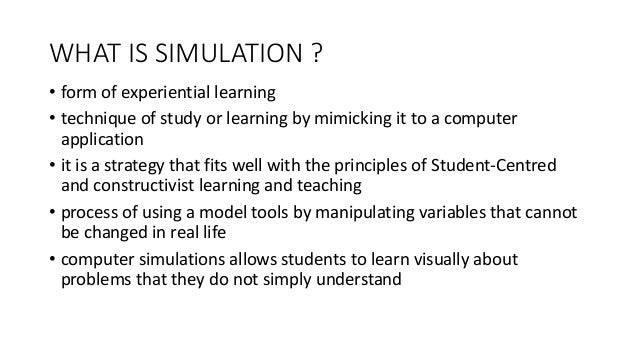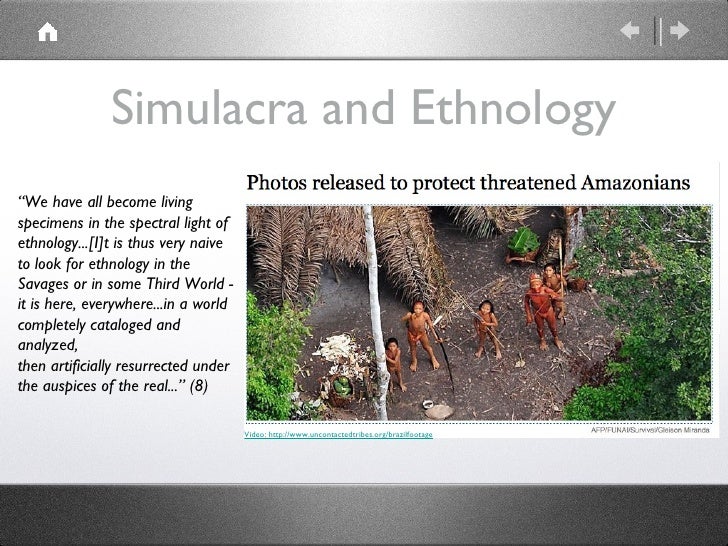
(To people unfamiliar with the sign, this just looks like an “ok” symbol.)īash’s husband, US attorney John Bash, said the accusations were “repulsive.” He vociferously insisted that his wife didn’t even know what the symbol meant. On the first day, some viewers accused her of making a white power sign while resting her hand on her arm. The judge’s former law clerk, Zina Bash, sat behind him. Take an incident that arose at Supreme Court nominee Brett Kavanaugh’s confirmation hearings in the Senate this September. But the simulation also conceals the fact that there is no shared reality actually, there isn’t a single thing that can be called “this American life.” Instead, there are countless different kinds of existences lived in the US, which are symbolized by an idealization, an amusement park, that doesn’t represent what it means to live in the nation. Baudrillard argued that symbols had become more real to us than reality-hyperreal-such that Disneyland was ultimately more American than the actual lives of Americans. The exaggerations of the amusement park becomes our standard and we identify with this fantasy world more than with workaday life. Because we’re so entranced by imitations and idealizations of reality, like Disneyland for example, symbols start taking over. The 1981 essay by Baudrillard, “ Simulacra and Simulation,” posited that imitations of reality-models, maps, symbols-were becoming more real than the things they depicted. We could increasingly choose proliferating alternate realities that were particularly pleasing rather than dealing with whatever’s around. They searched for ways to describe an emerging world with a din of voices and viewpoints, in which biases based on backgrounds and experiences dictated alternate realities and undercut the supposed shared vision of what is right and good. Lyotard’s 1979 book The Postmodern Condition: A Report on Knowledge argued that we were becoming a consumer and media society, increasingly identifying with favored purchases, programs, and publications rather than our surroundings and neighbors, say. More than that-we could agree on what things meant.īut after two world wars and the collapse of colonialism, budding postmodernists saw that the assumption of inevitable human progress was false. Likewise, the concept of universal truths no longer applied in transforming societies where language didn’t mean the same thing to everyone. Knowledge was good, and our inevitable trajectory was onward and upward. Modernists of the 19th-century Enlightenment era and into the early 20th century believed that science and technology would lead to humanity’s inevitable progress. We may not know what’s true, but because of postmodernism, we have the means to speak accurately when accuracy is hard to locate. This relativist view is helpful, though we may hate it. It’s as close to a description of reality as we can muster in a world where the line between real and fake is often blurred, and where we feel things to be true rather than knowing or thinking so. They recognized the changes happening in the late 20th century century-the erosion of authority, the ascendance of individual perspective-and developed the vocabulary to describe it. Instead, they acknowledged that reality is complicated.

The French academics of the 1970s, particularly Jean Baudrillard and Jean-Francois Lyotard, saw the flaws in modernist thought-that old-timey Enlightenment-era notion that we all shared values, approved the same truths, and agreed on the facts.


Kakutani cites his critique in her book, which links the rise of Donald Trump from television boss to US president with the ascendance of postmodern theories.īut postmodernists didn’t create the new fractured reality they merely described it. Even novelist David Foster Wallace-whose sprawling work Infinite Jest, with its many perspectives, certainly reads like a postmodern text-rejected postmodernism.


 0 kommentar(er)
0 kommentar(er)
